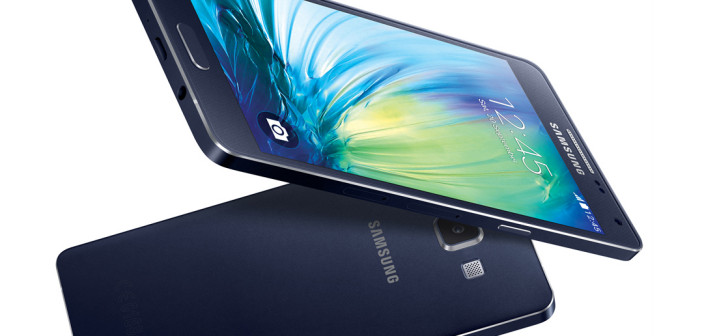Mobile and computing markets catapult 60GHz WiGig into the mainstream in 2017
The 802.11ad (WiGig) chipset market is set to reach a critical juncture in 2017 when the technology hits higher adoption levels in the mobile and computing space.
ABI Research forecasts 180 million WiGig chipsets will ship to the smartphone market in 2017, with smartphone chipsets accounting for almost half of the 1.5 billion total market shipments in 2021.
WiGig chipsets significantly enhance Wi-Fi throughput, improve efficiency, and expand product use case potential.
“Tri-band products that incorporate 2.4GHz, 5GHz, and 60GHz technologies will take Wi-Fi to the next level, providing a better balance between reliability and performance than ever before,” said Andrew Zignani, industry analyst at ABI Research. “But Wi-Fi will still have one major market hurdle: it will not have an existing device ecosystem to build upon once it moves to the 60 GHz band.”
As there are currently few products on the market that utilise 802.11ad, many OEMs have yet to find a compelling enough use case to justify the additional costs and complexities in adopting the standard. But the industry is making waves, with recent collaborations from Intel and Qualcomm fuelling growth and a number of others, including Broadcom, MediaTek, Nitero, Peraso, and SiBeam, already providing or planning to provide WiGig chipsets to the market.
The first WiGig-enabled smartphones are likely to arrive later this year, albeit in limited quantities, with 802.11ad support provided alongside Qualcomm’s Snapdragon 820 platform, said ABI. This marks the start of a larger push from Qualcomm and other IC suppliers to drive the technology forward.
The new technology will allow OEMs to further differentiate their flagship products from the middle and lower tier devices, as well as maximise streaming performance from access points and push content between devices, the research firm noted.
The technology will also find significant opportunities in the PC space as the push to wireless charging and cable free devices gains momentum. Additionally, 802.11ad is gaining traction in routers, with vendors such as TP-link relying on it to drive improvements in internet access and streaming capabilities.
“WiGig has a bright future across the mobile, PC, networking, and accessory space, and beyond, with 2017 marking a critical juncture in its development and success,” concluded Zignani. “We expect to see many IC suppliers in this space taking steps to promote and scale the technology this year to prepare.”





